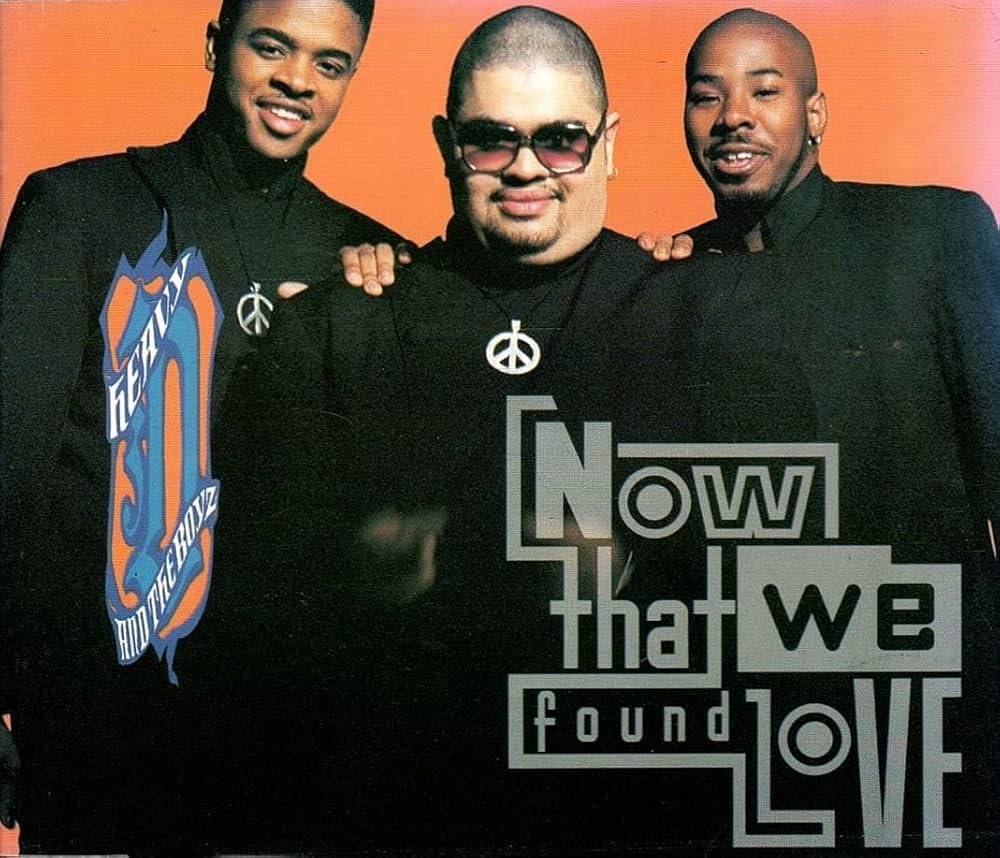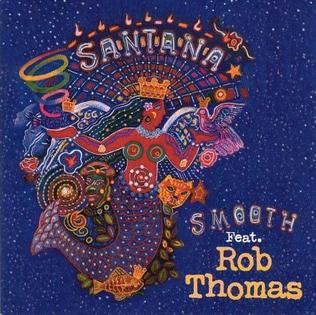 Few songs in the history of hip-hop have managed to capture the chaos, bravado, and raw energy of the genre as effectively as Cypress Hill’s 1993 classic “Insane in the Brain.” Emerging at a time when West Coast hip-hop was gaining mainstream attention, the track not only cemented Cypress Hill’s place in the pantheon of rap legends but also introduced a sound and persona that would influence generations of artists to come. From its instantly recognizable opening snare and distorted guitar sample to B-Real’s nasal, high-pitched delivery and Sen Dog’s commanding backing vocals, “Insane in the Brain” is a masterclass in blending humor, menace, and musical innovation into a cohesive, unforgettable whole. The song operates on multiple levels, functioning as both a braggadocious declaration of individuality and a cultural touchstone that reflects the anxieties, defiance, and irreverence of early ’90s hip-hop.
Few songs in the history of hip-hop have managed to capture the chaos, bravado, and raw energy of the genre as effectively as Cypress Hill’s 1993 classic “Insane in the Brain.” Emerging at a time when West Coast hip-hop was gaining mainstream attention, the track not only cemented Cypress Hill’s place in the pantheon of rap legends but also introduced a sound and persona that would influence generations of artists to come. From its instantly recognizable opening snare and distorted guitar sample to B-Real’s nasal, high-pitched delivery and Sen Dog’s commanding backing vocals, “Insane in the Brain” is a masterclass in blending humor, menace, and musical innovation into a cohesive, unforgettable whole. The song operates on multiple levels, functioning as both a braggadocious declaration of individuality and a cultural touchstone that reflects the anxieties, defiance, and irreverence of early ’90s hip-hop.
At the heart of “Insane in the Brain” is its titular hook, a phrase that is equal parts threatening, playful, and absurd. The repetition of “Insane in the brain” creates an earworm effect while reinforcing the track’s central theme: a sense of controlled chaos, an embrace of madness as a form of liberation. Cypress Hill, composed of B-Real, Sen Dog, and DJ Muggs, understood the power of persona and presentation. B-Real’s distinctive voice, which fluctuates between eerily calm and explosively animated, conveys a kind of manic energy that perfectly embodies the song’s concept. The lyrics are both literal and metaphorical, simultaneously referencing street credibility, cannabis culture, and mental disarray, a trifecta that would become a defining characteristic of Cypress Hill’s aesthetic. The track’s genius lies in its ability to be chaotic yet tightly structured, aggressive yet approachable, brash yet nuanced.
Musically, “Insane in the Brain” is a triumph of production ingenuity. DJ Muggs’ use of samples, drum loops, and scratching demonstrates a keen sense of sonic architecture. The beat combines funk-inspired grooves with rock-inflected elements, creating a hybrid sound that stands out from other tracks of the era. The distorted guitar riff that punctuates the track adds an almost punk-like edge, bridging genres in a way that prefigured the rap-rock experiments of the later ’90s. Muggs’ layering of percussion, bass, and synthesized sounds crafts a soundscape that is simultaneously menacing and infectious, mirroring the lyrical themes of unpredictability and controlled chaos. The production is dense without being cluttered, leaving space for B-Real’s vocals to ride atop the beat with precision and impact.
The lyrics of “Insane in the Brain” are deceptively simple on the surface, but a closer listen reveals a rich interplay of humor, defiance, and social commentary. Lines that appear as wild, almost nonsensical boasts are underpinned by a deep understanding of persona, performance, and audience expectation. B-Real raps about his eccentricities, cannabis use, and urban credibility, but always with a wink to the listener, blending menace and mirth in equal measure. The song’s appeal lies in its combination of absurdity and authenticity: Cypress Hill presents themselves as unfiltered, unapologetic individuals who exist outside conventional societal norms, yet they do so in a way that is immediately relatable and exhilarating. There’s a performative theatricality in the delivery, an understanding that the madness referenced in the lyrics is both literal and figurative, a way of asserting individuality while critiquing the pressures of conformity.
Sen Dog’s contributions on the track are equally vital. His backing vocals, interjections, and harmonies provide contrast to B-Real’s piercing delivery, grounding the song with a sense of rhythmic and tonal balance. The interplay between the two vocalists creates a tension that drives the track forward, a dynamic that feels like an internal dialogue between order and chaos. This duality mirrors the song’s thematic exploration of sanity and insanity, the fine line between brilliance and madness, and the performative construction of identity in hip-hop. Sen Dog’s presence adds depth and variety, ensuring that the song never stagnates despite its repetitive hook.
One of the song’s most compelling features is its timing and pacing. From the opening snare hit to the final looped refrain, “Insane in the Brain” maintains a relentless momentum that mirrors the frenetic energy of its subject matter. The beat is propulsive yet elastic, allowing for pauses, emphasis, and variation in delivery without losing cohesion. DJ Muggs’ production ensures that every drum hit, sample, and scratch lands with precision, creating a sense of kinetic energy that is infectious. The result is a track that feels alive, unpredictable, and engaging from start to finish, perfectly complementing the lyrical themes of controlled chaos and manic energy.
Culturally, “Insane in the Brain” arrived at a moment when hip-hop was negotiating its place in mainstream consciousness. The early ’90s saw the rise of gangsta rap on the West Coast, the commercialization of East Coast boom-bap, and the increasing visibility of alternative and experimental rap. Cypress Hill carved out a niche that was simultaneously aggressive, humorous, and experimental. Their imagery—skulls, marijuana references, lowrider culture, and surrealist iconography—set them apart from contemporaries while resonating with a generation hungry for authenticity, defiance, and innovation. “Insane in the Brain” encapsulated this ethos perfectly, presenting a sound and persona that was immediately recognizable and culturally influential. The song’s success helped to define the group’s career while influencing countless artists across hip-hop and beyond, from rap-rock hybrids to alternative hip-hop collectives.
The track also demonstrates Cypress Hill’s understanding of musical tension and release. B-Real’s high-pitched, almost frantic delivery is juxtaposed against the steady, hypnotic groove of the beat, creating a push-and-pull effect that keeps the listener engaged. The use of call-and-response elements, whether through vocal echoes or sample manipulation, adds layers of texture and complexity, ensuring that repeated listens reveal new details and subtleties. The musical arrangement mirrors the lyrical content: madness and structure coexist, chaos and control intertwine, and humor and menace coexist in a way that feels effortless and organic.
“Insane in the Brain” is also notable for its enduring appeal and influence. It has been sampled, referenced, and covered across genres, from hip-hop and rock to electronic and alternative music. Its iconic hook, instantly recognizable beat, and distinctive vocal delivery have made it a staple of both radio playlists and live performances. The song’s ability to resonate across decades speaks to its universal themes—identity, rebellion, humor, and chaos—and its innovative musical construction. For many listeners, the track serves as an entry point into the world of Cypress Hill, a band whose work consistently blends humor, social commentary, and musical experimentation.
The song’s impact is amplified in live performance. On stage, “Insane in the Brain” becomes a participatory experience, with audiences chanting along to the hook, responding to vocal cues, and engaging with the manic energy of B-Real and Sen Dog. The track’s tempo and rhythm naturally encourage movement, making it a high point in any set and a moment of collective release and exhilaration. Its live renditions often feature extended ad-libs, call-and-response sections, and improvisational flourishes, emphasizing the performative and communal aspects of hip-hop culture. In this context, the song transcends its studio recording, becoming a living, evolving expression of the group’s identity and their connection with fans.
Another key aspect of “Insane in the Brain” is its approach to persona and identity. The song constructs a vivid, larger-than-life image of Cypress Hill as provocateurs, outsiders, and innovators. This persona is both theatrical and authentic, blending humor, menace, and artistic integrity in a way that feels organic rather than contrived. The track’s celebration of eccentricity and defiance reflects broader cultural themes, from resistance to authority to the embrace of individuality in the face of societal pressure. By embodying this persona, Cypress Hill created a template for artists seeking to balance credibility, entertainment, and artistic expression in a rapidly evolving musical landscape.
The song’s influence can also be seen in its bridging of musical genres. By incorporating elements of rock, funk, and psychedelic soundscapes alongside traditional hip-hop beats and sampling, “Insane in the Brain” helped to expand the boundaries of what rap music could sound like. This genre-blending approach paved the way for future experimentation in hip-hop, inspiring artists to incorporate diverse musical influences while maintaining lyrical and rhythmic integrity. The track’s innovative production, combined with its memorable hook and distinctive vocal style, ensures that it remains relevant and influential decades after its initial release.
In addition to its musical and cultural significance, “Insane in the Brain” operates as a commentary on societal perceptions of madness and difference. The song embraces the idea of “insanity” as a form of empowerment and liberation, challenging conventional notions of normalcy and conformity. By framing eccentricity, creativity, and defiance as positive qualities, Cypress Hill encourages listeners to celebrate individuality and authenticity. The track’s playful yet confrontational tone reinforces this message, creating a sense of camaraderie and shared understanding between artist and audience.
From a technical perspective, the song exemplifies precision in production, vocal performance, and arrangement. DJ Muggs’ use of layering, sampling, and effects demonstrates a sophisticated understanding of studio craft, while B-Real and Sen Dog’s vocal interplay showcases the power of contrast, timing, and tone. The rhythmic interplay between drums, bass, and samples creates a dynamic foundation for the vocals, allowing for expressive flexibility without sacrificing cohesion. Every element of the track serves the dual purpose of reinforcing the theme of controlled chaos and delivering a memorable, engaging listening experience.
In conclusion, “Insane in the Brain” by Cypress Hill is a landmark track that encapsulates the group’s creativity, humor, and cultural impact. Its combination of infectious hooks, innovative production, and distinctive vocal delivery created a song that was both commercially successful and artistically influential. The track’s exploration of madness, identity, and defiance resonates with listeners across generations, while its musical sophistication and genre-blending approach continue to inspire artists in hip-hop and beyond. From the first snare hit to the closing refrain, “Insane in the Brain” exemplifies the power of music to entertain, challenge, and connect, making it a timeless anthem of hip-hop rebellion and ingenuity.
Track Highlights:
-
Iconic hook that blends menace, humor, and memorability
-
B-Real’s distinctive, high-pitched vocal delivery
-
DJ Muggs’ innovative, genre-blending production
-
Lyrical exploration of identity, eccentricity, and defiance
-
Cultural impact as a defining track of 1990s West Coast hip-hop
“Insane in the Brain” endures as both a defining moment in Cypress Hill’s career and a seminal work in the broader landscape of hip-hop, cementing its status as a timeless anthem of chaos, creativity, and individuality.


